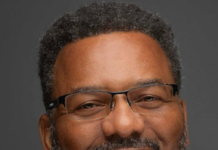 A new study by Michael Geruso, a doctoral student in economics at Princeton University, attempts to determine how much of the racial disparity in life expectancy in the United States is due to socioeconomic factors.
A new study by Michael Geruso, a doctoral student in economics at Princeton University, attempts to determine how much of the racial disparity in life expectancy in the United States is due to socioeconomic factors.
Geruso compared age at death with data on family income, education, occupation, unemployment, urban residence, home ownership, and marital status. He concludes that 80 percent of the life expectancy gap between Black men and White men is due to socioeconomic differences. For women, socioeconomic factors account for 70 percent of the difference between Blacks and Whites.
The study, published on the website of the journal Demography can be downloaded by clicking here.










